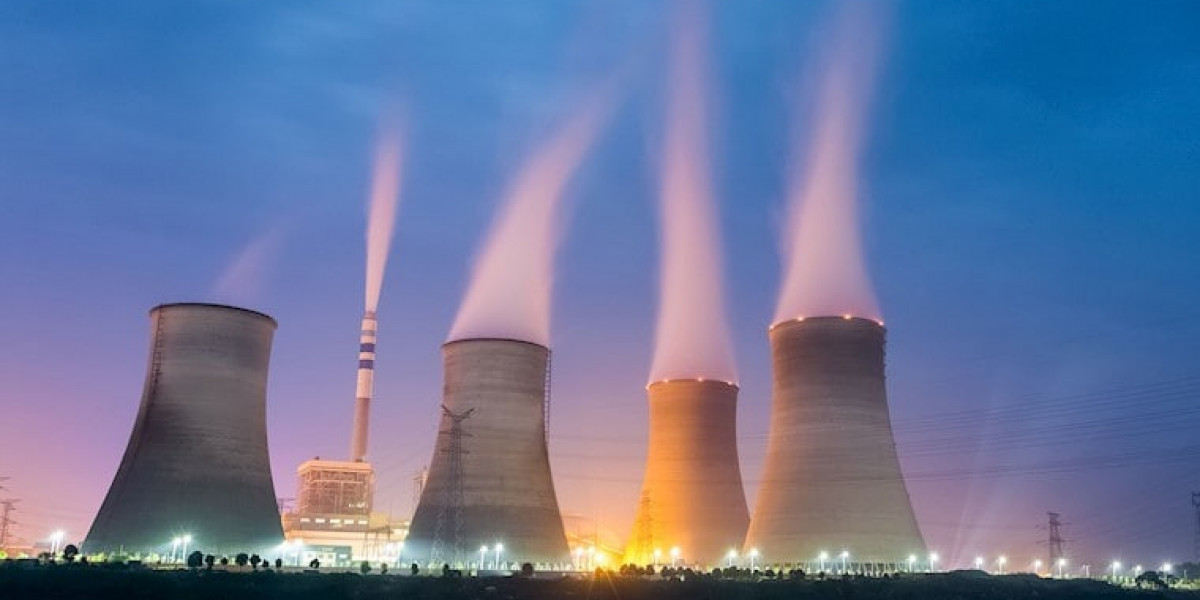The power generation market is undergoing a significant transformation driven by increasing energy demand, evolving technology, and a global commitment to cleaner energy sources. However, despite substantial growth opportunities, the industry faces several critical challenges that hinder its ability to meet future electricity needs efficiently and sustainably. This article examines the key challenges confronting the power generation market, focusing on technology integration, regulatory complexities, infrastructure limitations, and environmental concerns.
Integrating Renewable Energy Sources
A major challenge facing the power generation market is the integration of renewable energy sources into existing grids. Solar, wind, and other renewables are intermittent by nature, producing energy only when the sun shines or the wind blows. This variability complicates grid management and reliability.
Current grid infrastructure in many regions is not adequately equipped to handle the fluctuations caused by renewables. Balancing supply and demand in real-time requires advanced energy storage technologies and smart grid solutions, which are still in development and can be costly to implement.
Moreover, integrating distributed energy resources (DERs) like rooftop solar panels and small wind turbines further complicates grid operations, requiring sophisticated monitoring and control systems to maintain stability.
Regulatory and Policy Complexities
The power generation market operates within a highly regulated environment, and navigating these complexities is a persistent challenge. Regulatory frameworks vary widely across countries and even within regions, creating an inconsistent market landscape.
Policy uncertainty is a significant barrier. Renewable energy projects depend heavily on government incentives, subsidies, and clear long-term policies. Sudden changes or reductions in support can delay projects or make them financially unviable.
Additionally, permitting and licensing procedures are often lengthy and bureaucratic, leading to delays and increased costs. Coordination among multiple regulatory bodies can create overlaps and contradictions that stall project development.
Establishing coherent, stable, and transparent policies is critical for attracting investment and facilitating the transition to cleaner energy.
Aging Infrastructure and Grid Limitations
Much of the world’s power generation infrastructure is aging and in need of modernization. Thermal power plants, transmission lines, and distribution networks require upgrades to improve efficiency, reduce losses, and accommodate new energy sources.
The lack of investment in grid infrastructure poses a major challenge, especially in developing countries where rapid demand growth outpaces capacity expansion. Insufficient transmission capabilities lead to congestion, curtailment of renewable energy, and reliability issues.
Moreover, many grids are not designed to support decentralized generation or two-way energy flows, which are essential for integrating renewables and consumer-based energy resources.
Addressing these infrastructure challenges demands significant capital expenditure, advanced planning, and adoption of new technologies such as digital grid management and energy storage.
Financing and Investment Barriers
Securing financing for power generation projects, particularly renewable ones, remains a critical challenge. Although the cost of renewables has fallen dramatically, the upfront capital investment is still substantial.
Developing countries often face higher financing costs due to perceived risks, political instability, and currency fluctuations. Limited access to affordable long-term loans and insurance further complicates project development.
Investor confidence can be undermined by regulatory unpredictability and market volatility. This hesitancy slows down the deployment of innovative technologies and critical infrastructure upgrades.
Innovative financing models, including green bonds and public-private partnerships, are emerging as solutions, but scaling these models is essential to meet growing capital needs.
Environmental and Social Impact Concerns
While the global shift to cleaner power generation aims to reduce environmental harm, the sector itself faces environmental and social challenges. Large renewable projects, such as hydroelectric dams and wind farms, can disrupt ecosystems, displace communities, and lead to conflicts over land use.
Additionally, managing waste from solar panels, batteries, and other technologies poses an emerging environmental challenge.
Public opposition based on environmental, aesthetic, or cultural grounds can delay or cancel projects, especially in populated or sensitive areas.
Balancing energy development with environmental protection and community engagement is necessary to ensure sustainable progress.
Technological and Operational Challenges
Rapid technological advancements are essential to the future of power generation, but deploying new technologies at scale comes with operational challenges.
Energy storage technologies like batteries, while promising, still face issues related to cost, capacity, and raw material availability. Emerging solutions such as green hydrogen and advanced nuclear power are not yet commercially widespread and require significant development.
Furthermore, cybersecurity risks have increased with the digitization of energy systems. Protecting critical infrastructure from cyberattacks and ensuring data privacy are paramount but challenging tasks.
Operators must also train personnel to manage new technologies and complex grid systems effectively.
Geopolitical Risks and Supply Chain Vulnerabilities
Geopolitical instability and supply chain disruptions add layers of uncertainty to the power generation market. The reliance on critical materials such as lithium, cobalt, and rare earth elements, often sourced from a limited number of countries, exposes projects to supply risks and price volatility.
Trade disputes, export restrictions, and global conflicts can delay equipment deliveries and increase costs.
Diversifying supply chains and investing in local manufacturing capacities are strategies to mitigate these risks but require time and resources.
Conclusion
The power generation market faces a multitude of challenges as it strives to meet growing energy demands while transitioning to sustainable sources. Integrating intermittent renewables, navigating complex regulations, modernizing aging infrastructure, and securing adequate financing are key hurdles.
Environmental concerns, technological limitations, and geopolitical factors further complicate the landscape.
Addressing these challenges demands collaboration among governments, industry stakeholders, investors, and communities. With coordinated policy support, technological innovation, and strategic investment, the power generation market can overcome these obstacles and build a reliable, efficient, and sustainable energy future.









